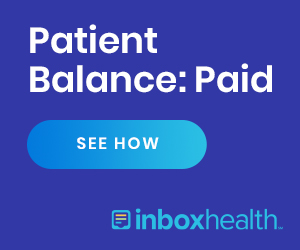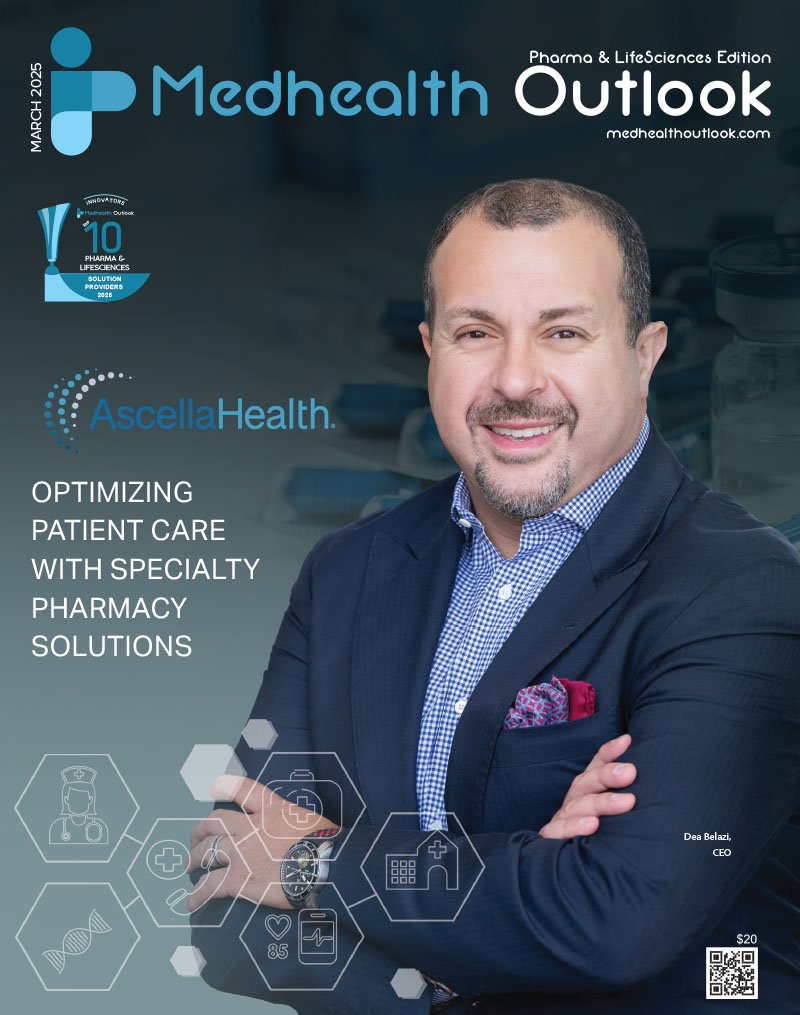As the COVID-19 pandemic continues to cost lives worldwide – all of the significant gains we have seen in combatting this pandemic have been a result of clinical research and clinical trials that were rapidly undertaken to find treatment options and vaccines. The willingness and ability for patients and physicians worldwide to participate in COVID-19 clinical trials was unprecedented when we look at the sheer number of participants included and the speed with which the data to evaluate these trials was collected and analyzed. This experience was in great contrast to the generally low participation rates we have seen by physicians historically in clinical research. What differed in this case was the rapid deployment of novel ways to collect patient data in support of clinical trials, including a key effort of using eSource collected directly from Electronic Health Records. This method of collecting data directly from the EHR and integrating into eSource has the potential to be the most significant impact on drug development in the last 40 years. Beyond the value of speeding up overall drug development – the use of EHRs to collect clinical trial data will significantly reduce the burden on clinical trial sites and physicians to participate in clinical trials, thereby providing better treatment options for more patients.
Unfortunately, today, the majority of physicians do not participate in clinical trials, and as a result the majority of patients are never even offered the opportunity to participate in clinical trials, which in many cases may be the best treatment option for them. A recent Research America poll indicated that 81% of patients would be likely to participate in a clinical trial if their doctor offered them one. Yet, when you take oncology as an example, fewer than 5% of eligible patients are ever even offered a clinical trial.
For many physicians, the ability to participate in clinical trials is hindered by the complexity of trials as well as the resources needed to collect and enter the required clinical trial data into electronic Case Report Forms (eCRFs). These forms which are routinely used to collect patient data to understand how they are responding to their experimental treatment, can be in excess of a hundred pages or more depending on the complexity of the clinical trial. In this model, a clinical study nurse or research coordinator must review a patients chart or EHR and then manually re-enter data into a separate electronic system – which can be thousands of data points and take dozens of hours. Once that data is entered by a nurse/coordinator, then a Clinical Research Associate from the pharma company that is investigating the new drug by running the trial must physically visit the site and compare all of the source EHR data against the data that has been entered into the electronic CRF, again taking dozens of hours at a minimum. This creates a resource heavy, inefficient clinical trial system that is not attractive to entice physicians to participate in clinical trials. It also results in a clinical trial model that is extremely expensive and inefficient as well – with the average drug taking 10 years to develop and costing over $2 billion dollars, primarily driven by slow and inefficient clinical trials.
The ability however to leverage new technology to integrate EHRs and data collection into eSource has the potential to completely change how clinical research and clinical trials are conducted. Through the use of various types of machine learning, artificial intelligence, and natural language processing tools, technology exists today that allows EHR data to be “read” and mapped directly into eSource and data collection databases. This ability to pull data directly from the EHR to populate eCRFs will result in a far more efficient clinical trial model.
The majority of data entered manually and collected in clinical trials in eCRFs today is structured data – or data that is quantitative. Generally speaking this is the data most people are used to working with – examples being names, dates, numbers etc. Today with technology solutions, this data is easily “read” by machines and technology and can quickly be mapped from an EHR into an eCRF without the need for a human (nurse/coordinator) to manually re-enter data into a form. With approximately 60-70% of clinical trial data being structured, the use of EHR integration technology means a significant decrease in the amount of resources needed at a site to participate in clinical trials since the majority of the time traditionally needed to read a patients chart and then re-enter the required data into eCRFs is no longer required. Additionally, since the data is electronically transferred directly from the EHR into the eCRF, it also minimizes the need for Clinical Research Associates to physically come on site to audit the eCRF data against the EHR. This also reduces the time needed for site staff to attend to these visits, again creating greater efficiency for trial participation. That said, there still will be unstructured data that will need manual entry into eCRFs such as progress note data, pathology data, image data etc., that will require a nurse or coordinator to review and enter the data manually, but this overall will be far less than in the traditional clinical research model.
The technology to integrate EHRs with eCRF data collection is still relatively new, and so it has not been widely adopted by clinical trials sites or hospitals or site networks. There remain some limitations on this technology in that it must be deployed within and EHR, and while some systems have large scale single cloud based EHRs, many sites or networks still have multiple EHRs – and the integration of this new technology will require both resource and investment upfront before the full efficiency is realized by physicians and clinical trial sites. But the value of the ability to leverage technology to integrate EHRs and EHR data, directly into eCRFs and clinical databases in support of clinical trials, has the potentially to make clinical trial participation a reality for many more physicians and clinical trial sites by lowering the resource burden for such participation. In the big picture, the ability for more sites and physicians to participate in clinical trials, means more patients will be able to participate in clinical trials. This increase in the number of patients who have access to clinical trials will result in more patients getting access to the best possible care. The increase in patient participation in clinical trials will also result in faster timelines to complete clinical trials, thereby reducing the overall timelines for drug development and clinical trials, speeding up the time it takes to develop drugs and reducing the overall costs.
So while EHR to eSource technology is an exciting deployment of machine learning and artificial intelligence the true impact will be the number of patients who will now have access to life saving and life altering medications as part of a clinical trial. Hopefully such technology adoption will translate into a transposing of the statistics so in the future instead of only 5% of patients being in a clinical trial, 95% of patients will participate in clinical trials.


















